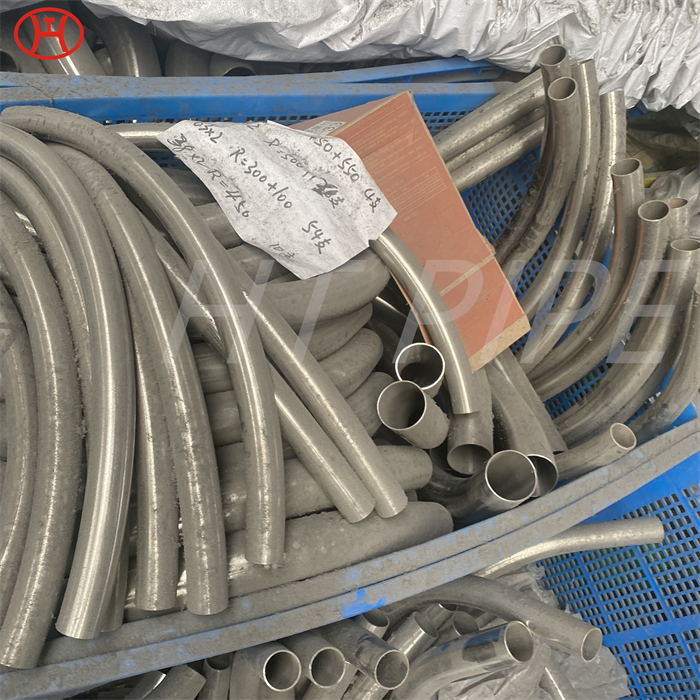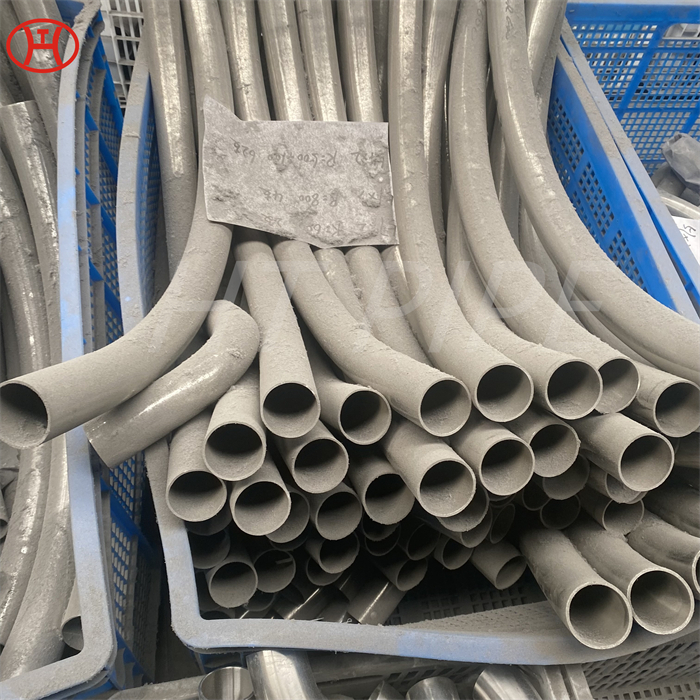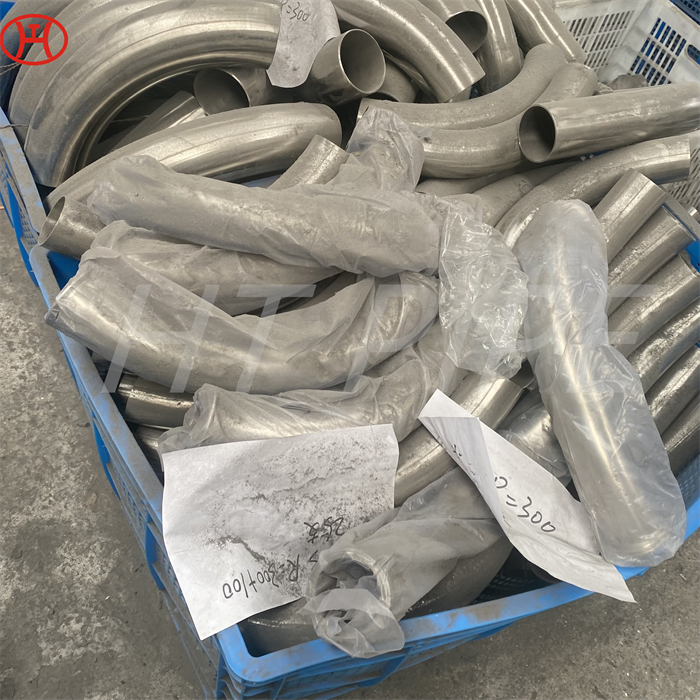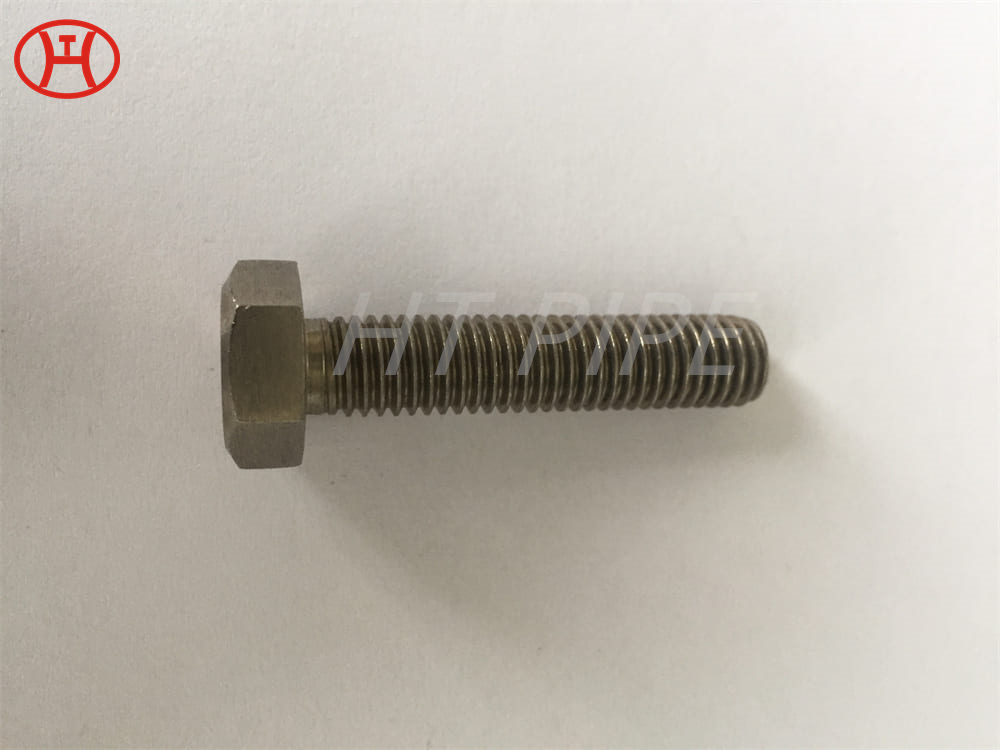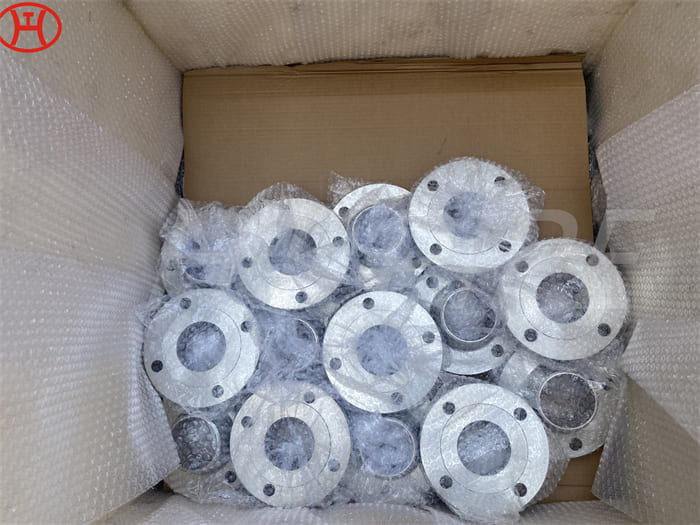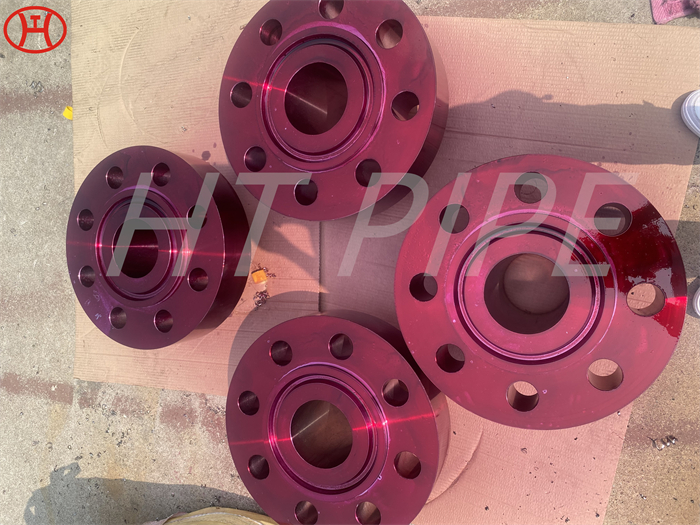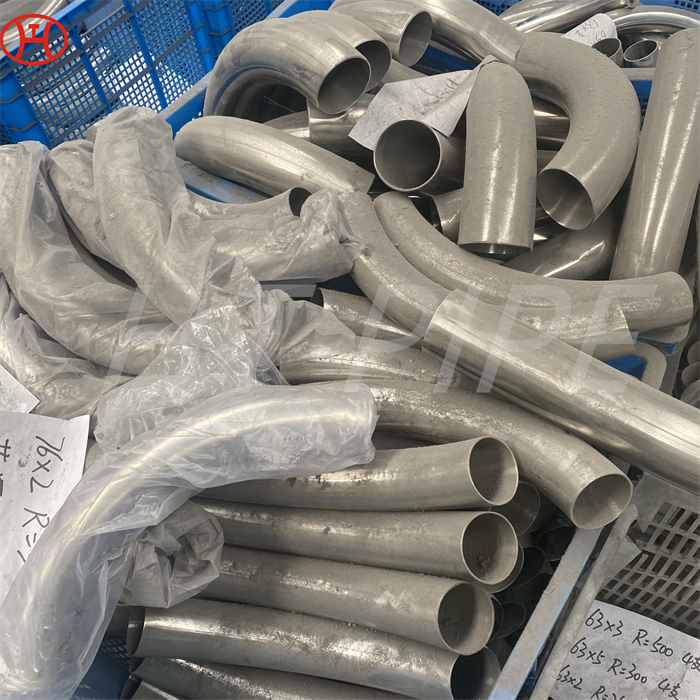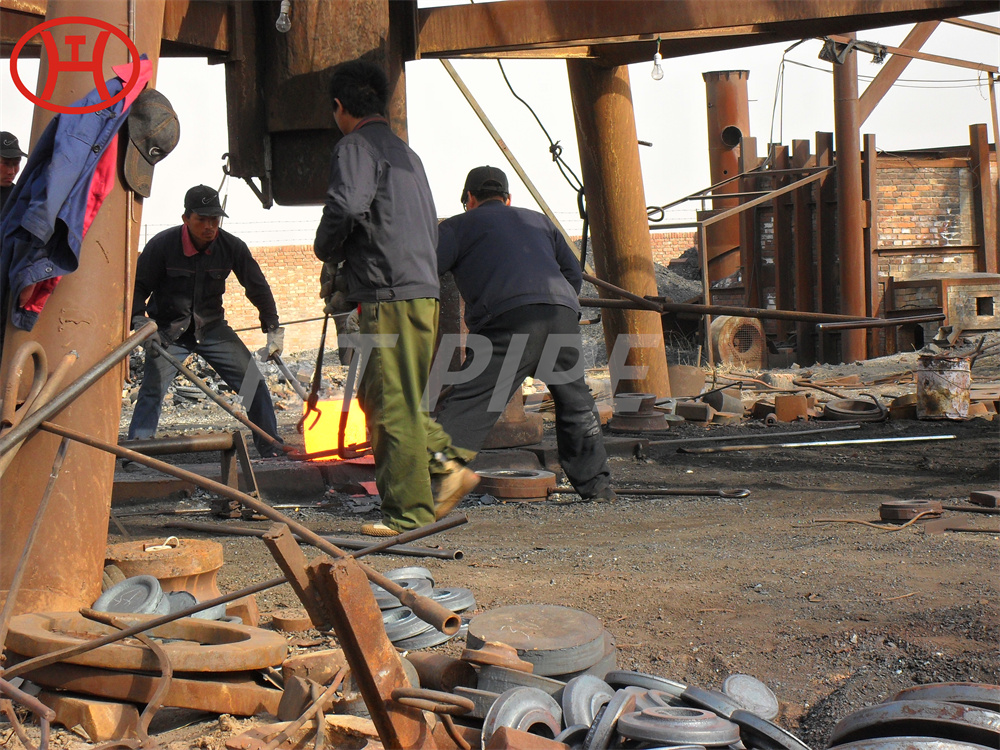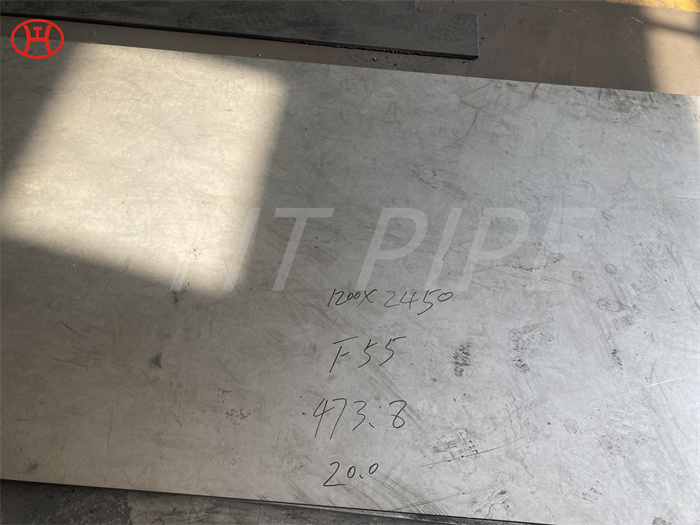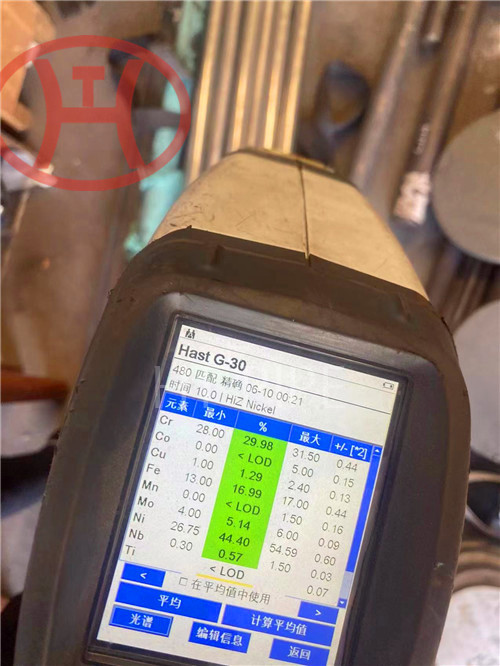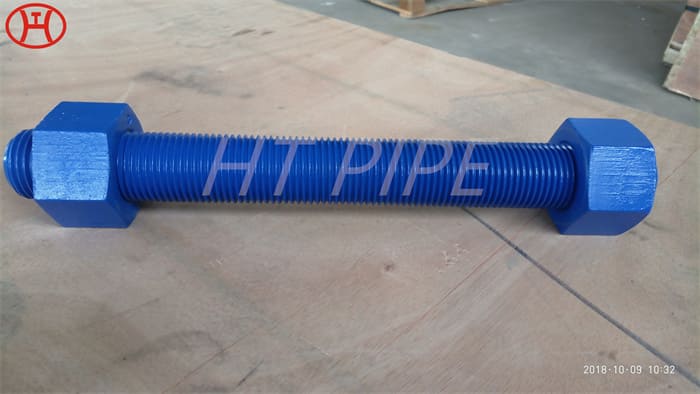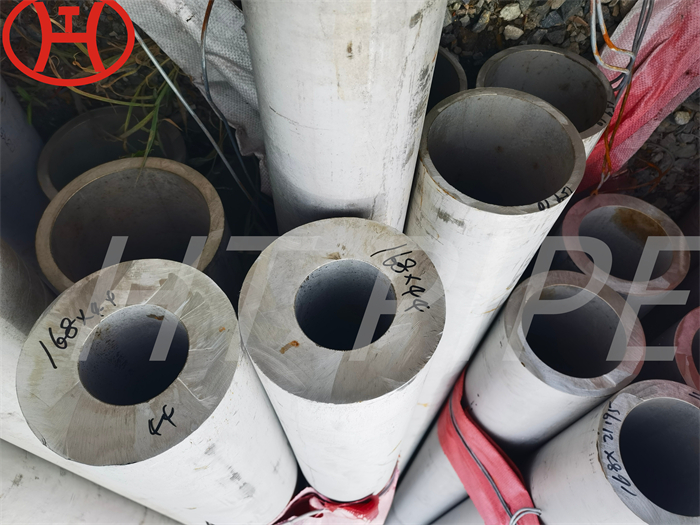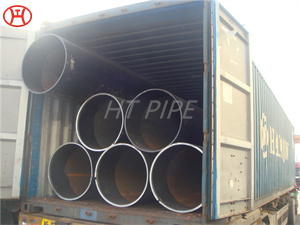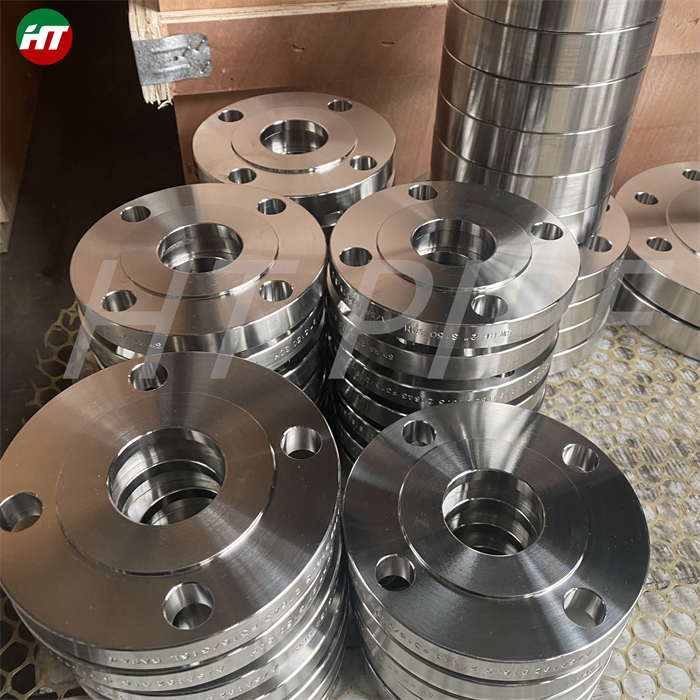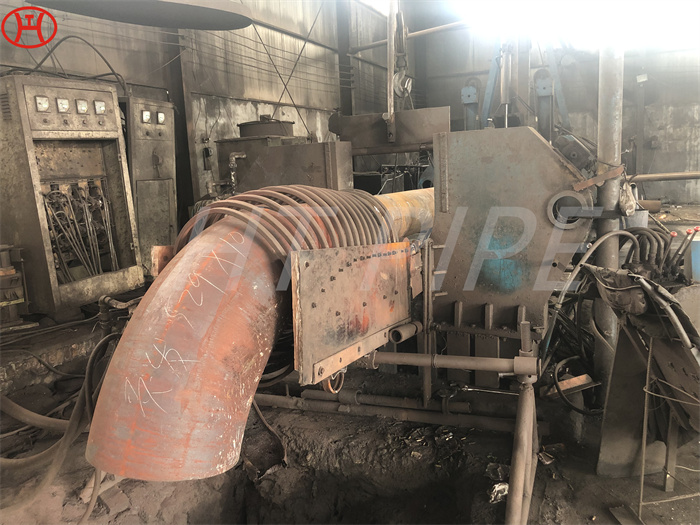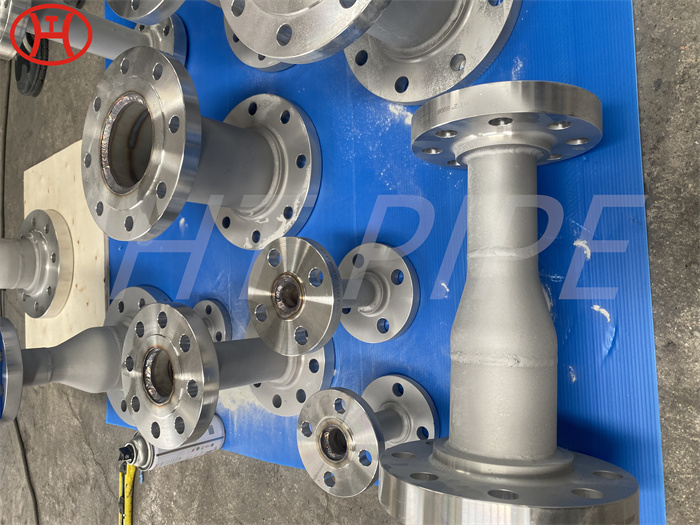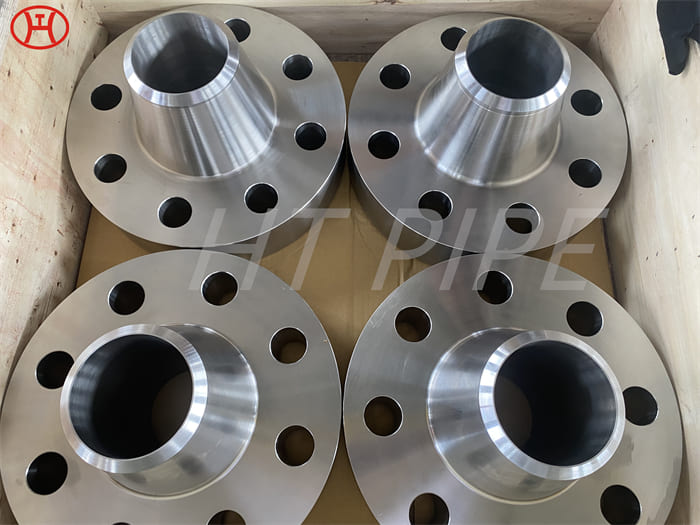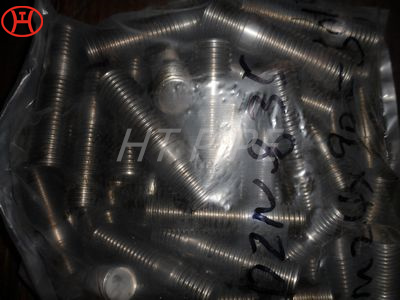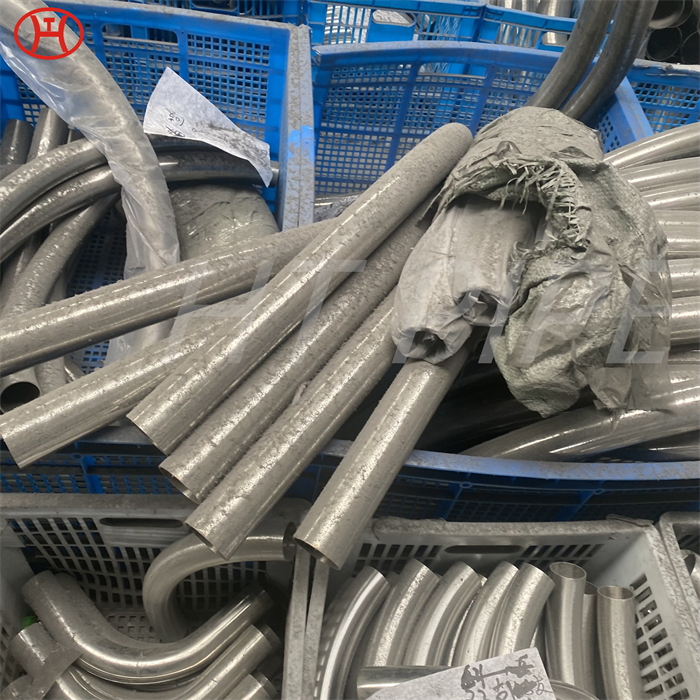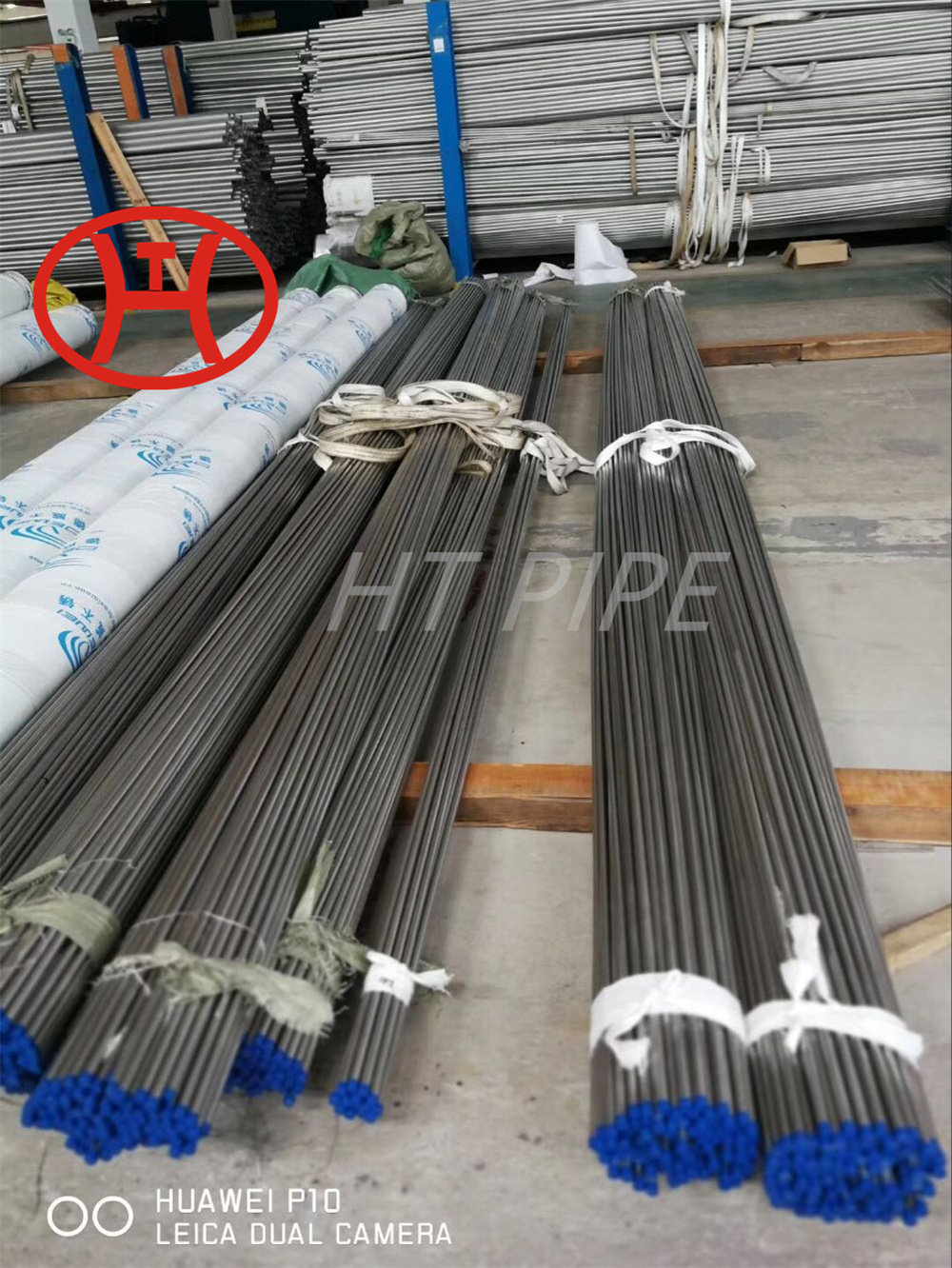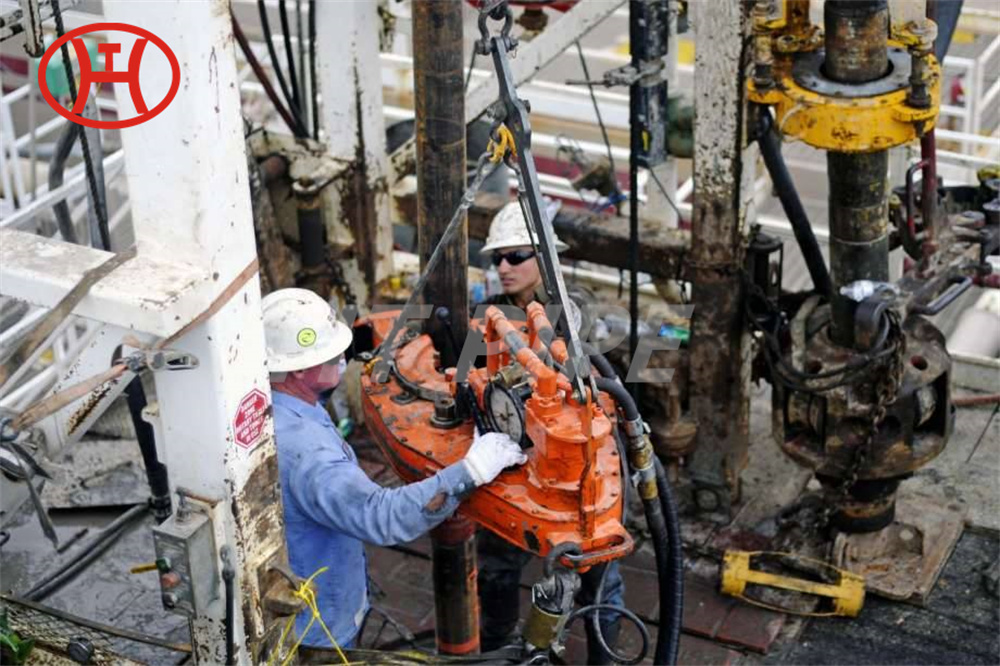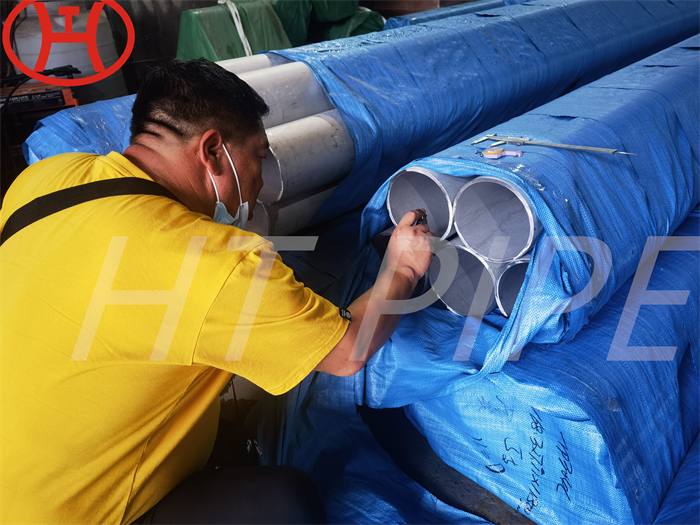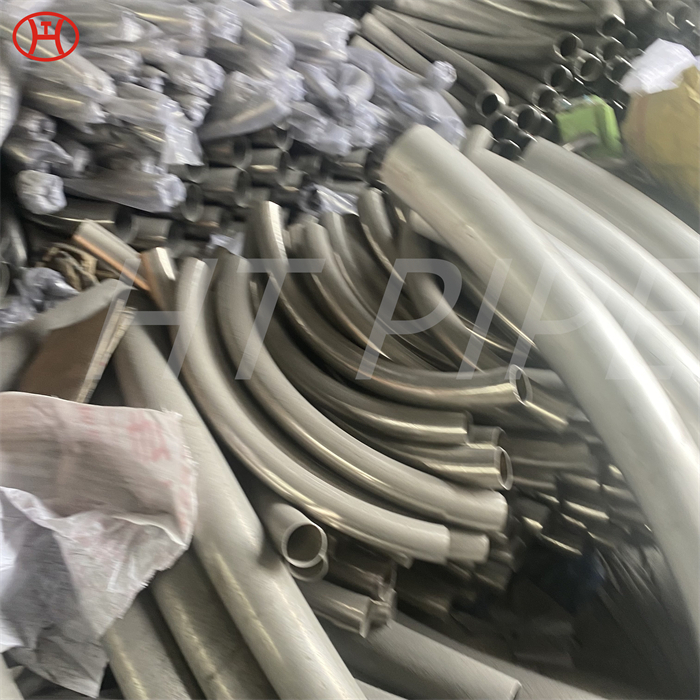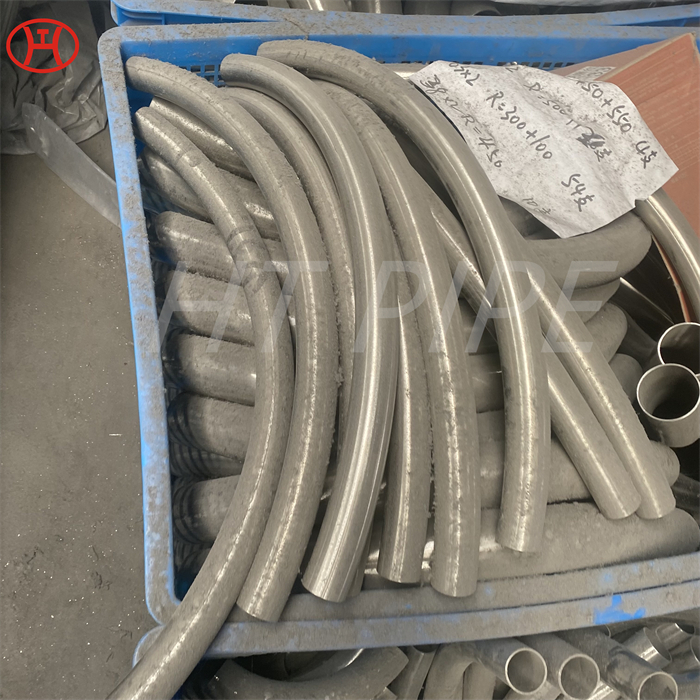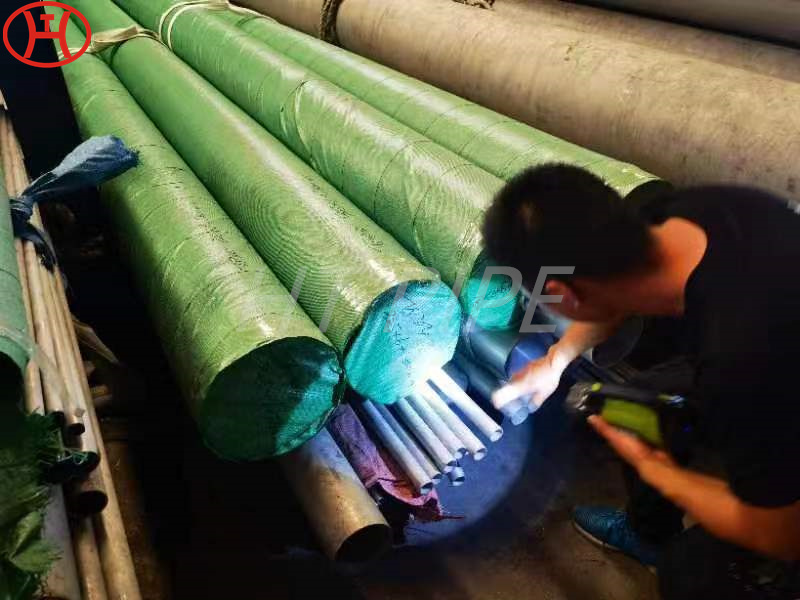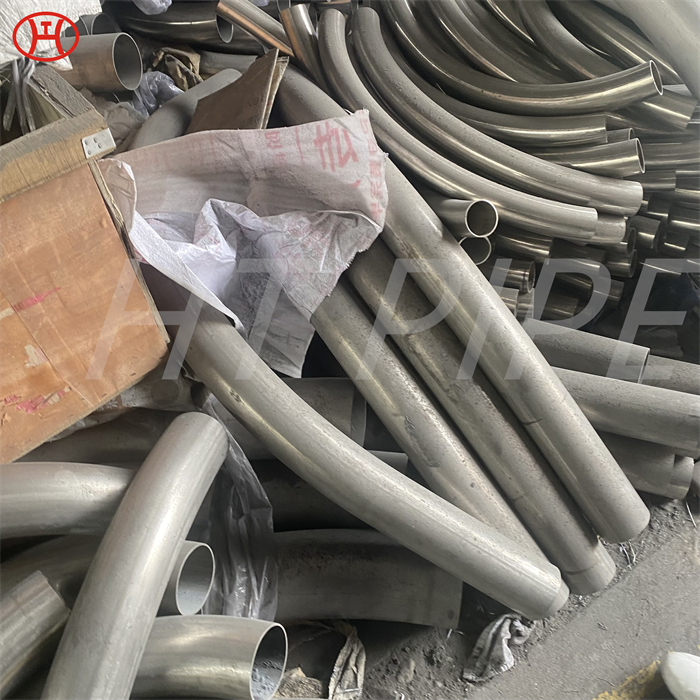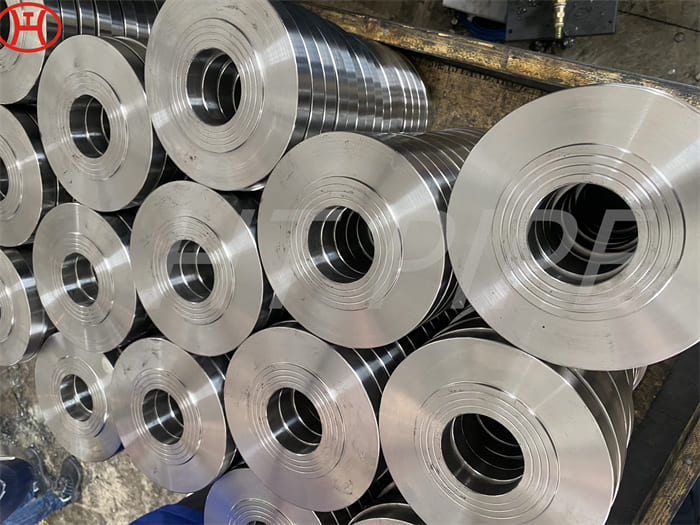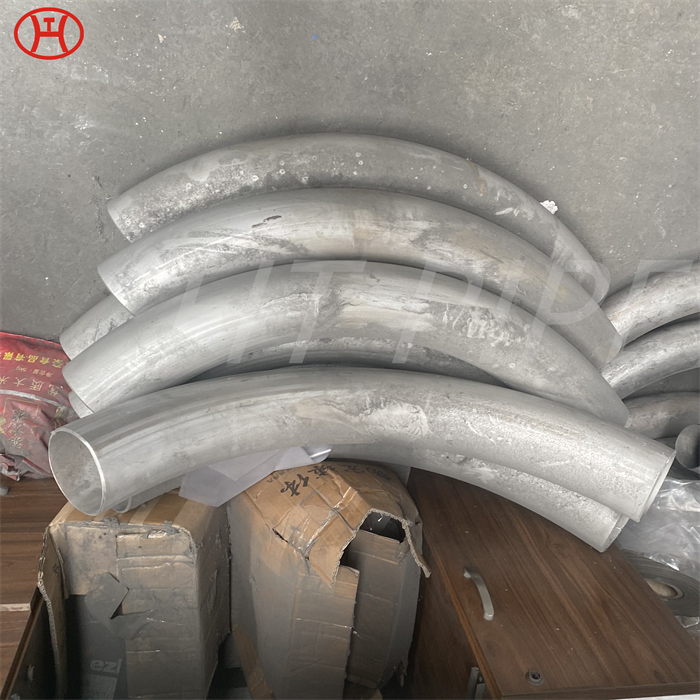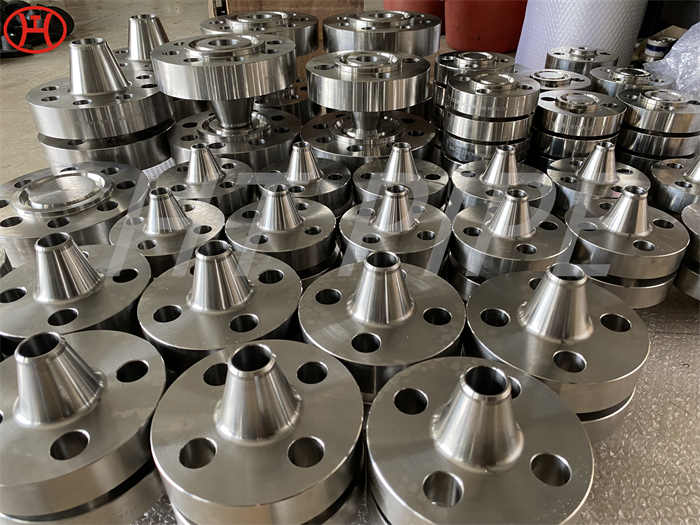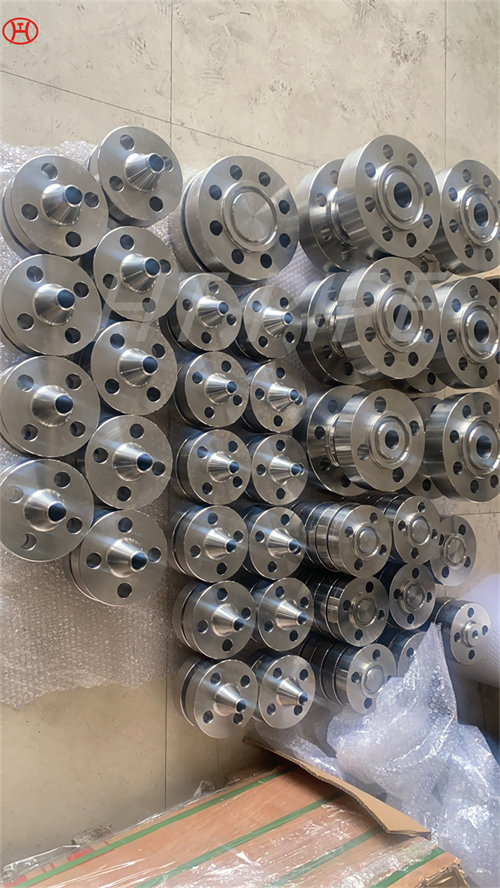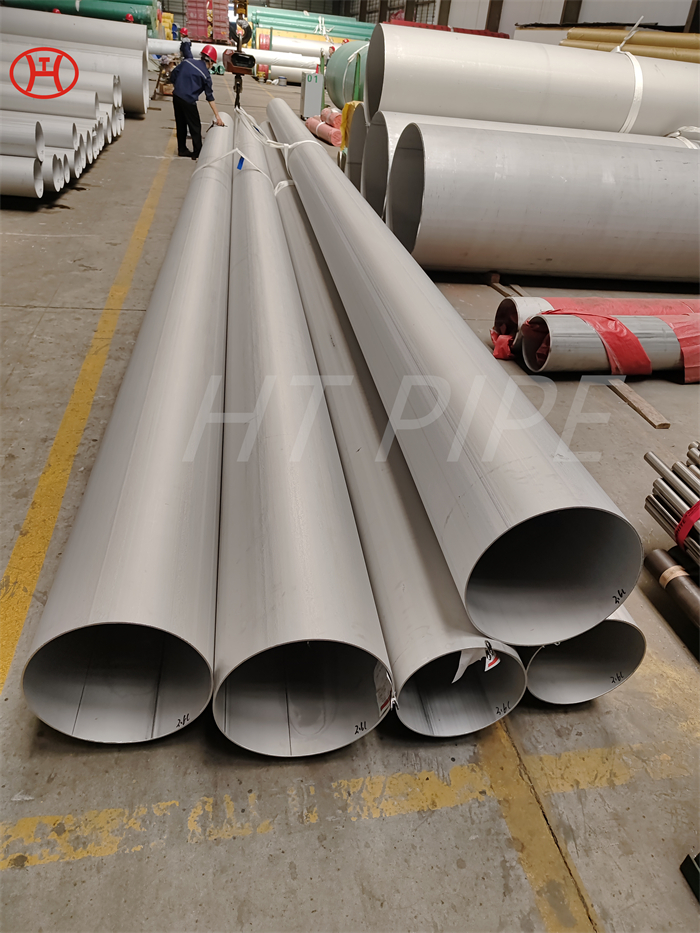Hastelloy B2 pipe bend offers excellent resistance to corrosion in both oxidizing and reducing environments
The heat-affected weld zones have reduced precipitation of carbides and other phases to ensure uniform corrosion resistance.
The chemical composition of Hastelloy B2 pipe bend contains nickel, molybdenum, iron, chromium, carbon, silicon and manganese in its composition. The applications include chemical industrial applications where inert gases and vacuums are involved. It is used in chemical procedures where aluminum chloride catalysts are used. The Hastelloy B2 pipe bend equivalent materials such as the C22 or C276 alloys could also be used in place of this material if a replacement is needed. This Hastelloy B2 pipe bend finds its main uses in the chemical manufacturing industries, particularly in the production of acetic acid, herbicides, insecticides, ethylene glycol and ethyl benzene. It is also used in the production of high-octane gasoline. These can be utilized as part of the as-welded conditions. These sheets and plates do experience in appalling conditions due to fabrication and handling.









































































































